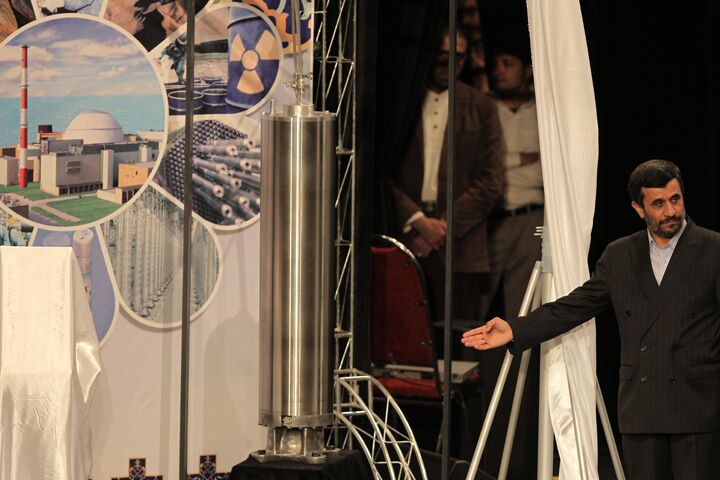
Iran Working on Nuclear Trigger
Iran has conducted work on technology to place nuclear material on a missile and detonate it, the International Atomic Energy Agency (iaea) wrote in a nine-page report published May 24.
Documented evidence suggests that Iran has done “studies involving the removal of the conventional high-explosive payload from the warhead of the Shahab-3 missile and replace it with a spherical nuclear payload,” the report states.
The iaea also said that it has asked Iran about evidence that it had begun “experiments involving the explosive compression of uranium deuteride to produce a short burst of neutrons.”
This type of device would be used as a trigger for a nuclear bomb, a way of producing the neutrons necessary to start the nuclear chain reaction. Pakistan uses this method in its nuclear weapons, and China has also experimented with it, according to nuclear experts.
Former director of the Los Alamos weapons laboratory Harold M. Agnew said, “I don’t know of any peaceful uses” of this devise.
The director of the Institute for Science and International Security in Washington, David Albright, says that agency believes Iran has been working on this project for four years or more.
“And it also shows that Iran is working on fairly sophisticated components of a nuclear weapon,” he said. “I mean there’s a much simpler way to do it. If you want to perhaps do it more secretly, you may want to go this route of uranium deuteride neutron initiator.”
At the end of 2009, the Times of London said it had intelligence documents showing Iran was working on a uranium deuteride trigger.
Iran claims that it is developing nuclear power for peaceful purposes—so it may have a hard time explaining what it needs a trigger for.
The New York Times reports that “Statistics in the report also indicated that Iran has begun to recover from the effects of the Stuxnet computer worm, which first struck the country nearly two years ago in an apparent effort to cripple its production of nuclear fuel.”
Iran’s Natanz plant is now producing low-enriched uranium at a rate slightly higher than it was when it was hit by Stuxnet.
Another report by the iaea laid out details showing that Syria was “very likely” working on a secret nuclear reactor at the location that was later bombed by Israel in September 2007.
Official estimates from the U.S. and Israel suggest that Iran is at least a year away from creating a bomb, and is probably seven years away.
Expect Iran to continue to push toward building a nuclear weapon.
